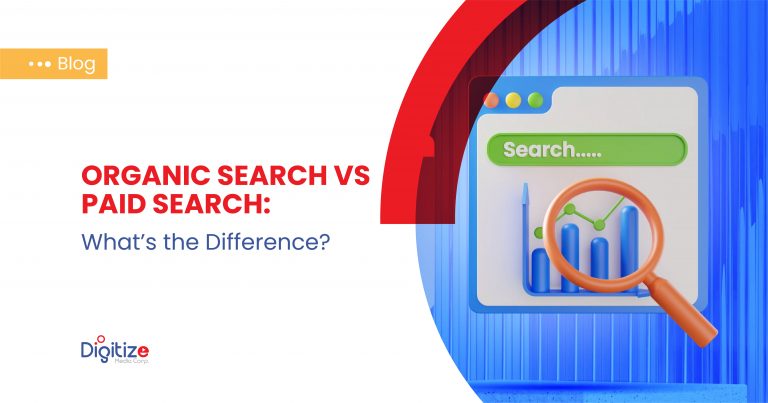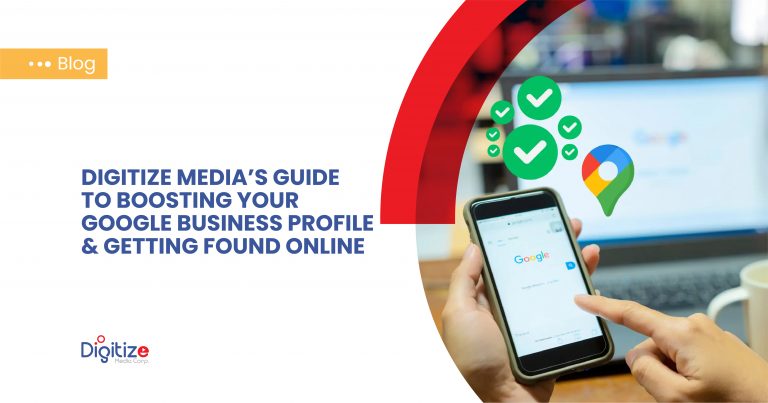The integration of the Community Digital Assistance Program (CDAP) in the sphere of remote learning has heralded a new era for educators and students in Edmonton. Emphasizing ‘CDAP remote learning,’ this detailed exploration delves into the myriad ways CDAP digital advisor in Edmonton is reshaping the educational landscape, focusing on how it supports virtual classrooms, online resources, and interactive platforms.
CDAP Remote Learning: A Pivotal Force in Remote Education
CDAP’s foray into education, particularly remote learning, marks a pivotal shift in educational methodologies. Its commitment to enhancing digital accessibility and connectivity has revolutionized the way remote learning is facilitated, making it a viable and effective alternative to traditional classroom settings.
Revolutionizing Virtual Classrooms
CDAP’s initiatives have led to the evolution of virtual classrooms that are not only accessible but also interactive and engaging. This transformation is evident in:
- Interactive and Engaging Virtual Environments:
- Incorporating tools for real-time communication and collaboration, these classrooms allow for a dynamic interaction between educators and students, mimicking the interactive nature of physical classrooms.
- Customization and Personalization:
- CDAP supports platforms that offer tailored learning experiences, adapting to individual student needs and learning styles. This includes adaptive learning paths and multimedia content, making learning more personalized and effective.
Broadening Horizons with Online Resources
A key contribution of CDAP is the expansion of access to diverse online educational resources. This includes:
- Expanding Digital Libraries and E-Resources:
- CDAP initiatives often include providing access to digital libraries and e-learning materials. These libraries are stocked with a vast array of digital books, scholarly articles, and research papers, making a wealth of knowledge accessible to students and educators remotely.
- The inclusion of e-resources in education through CDAP ensures that learners have access to up-to-date information and a wide range of subjects and topics far beyond what traditional physical libraries could offer.
- Integration of Educational Apps and Tools:
- CDAP also supports the integration of various educational applications and digital tools into the learning process. These tools can range from interactive learning apps for younger students to sophisticated software for higher education and research.
- Such applications often feature interactive content, quizzes, and gamified learning modules that make education more engaging and can cater to different learning styles and preferences.
- Facilitating Access to Diverse E-Learning Materials:
- Through CDAP, educators and students gain access to diverse e-learning materials, including online courses, tutorials, podcasts, and instructional videos. This variety ensures that learners can find resources that suit their learning pace and style.
- The program plays a pivotal role in democratizing education by making these resources available to a wider audience, thereby reducing the educational divide, especially in under-resourced or remote areas.
- Supporting Continuous Learning and Professional Development:
- CDAP’s focus on online resources extends to supporting lifelong learning and professional development. For educators, this means access to continuous professional development courses and the latest teaching methodologies.
- For students, it means opportunities to expand their knowledge beyond the classroom and stay updated with evolving industry trends and academic advancements.
Innovating with Interactive Learning Platforms
CDAP’s role extends to fostering the development and use of cutting-edge interactive learning platforms. These platforms incorporate elements like:
- Gamification and Virtual Labs:
- Implementing gamification in learning and offering virtual labs for practical experiments makes remote learning more hands-on and enjoyable.
- Collaborative Projects and Activities:
- Encouraging collaborative projects and activities through these platforms promotes peer interaction and teamwork, key components often missed in remote learning.
Empowering Educators for the Digital Shift
A significant aspect of CDAP’s strategy is empowering educators to transition to digital teaching methodologies effectively. This involves:
- Comprehensive Training Programs:
- Tailored training initiatives equip educators with the necessary skills and knowledge to utilize digital teaching tools effectively.
- Support Networks:
- Establishing support networks and communities of practice where educators can share experiences, challenges, and best practices.
Evaluating CDAP’s Impact on Remote Learning
To measure CDAP’s effectiveness in remote learning, various metrics are used, such as:
- Measuring Student Engagement and Participation:
- One of the primary indicators of CDAP’s impact is the level of student engagement in remote learning environments. Metrics such as attendance rates in virtual classes, participation in online discussions, and submission rates of assignments can provide insights into how actively students are engaging with remote learning since the implementation of CDAP.
- Analyzing Academic Performance and Outcomes:
- Another critical aspect is the assessment of academic performance. This includes analyzing grades, test scores, and overall academic progress to determine if students are achieving learning objectives more effectively through CDAP-supported remote learning tools and platforms.
- Feedback from Educators and Students:
- Collecting and analyzing feedback from both educators and students offers valuable qualitative insights. Surveys, interviews, and focus groups can be used to gather opinions on the usability, effectiveness, and impact of digital tools and resources introduced by CDAP.
- Technological Accessibility and Usage:
- Evaluating the impact of CDAP also involves assessing the accessibility and usability of the technology provided. This includes looking at how many students and educators have access to necessary hardware and software and how frequently and effectively they are using these tools for educational purposes.
- Assessing Changes in Teaching Methods and Curriculum Delivery:
- CDAP’s impact extends to how teachers deliver curriculum and interact with students. Evaluating changes in teaching methodologies, the incorporation of digital tools into lesson plans, and the adaptation of curricula for online delivery are essential aspects of this assessment.
- Long-Term Sustainability and Scalability:
- It’s also important to evaluate the long-term sustainability and scalability of CDAP-initiated remote learning solutions. This includes looking at ongoing support, the adaptability of solutions to evolving educational needs, and the program’s capacity to expand and accommodate more learners.
Case Studies: Illustrating CDAP’s Success
Real-life case studies where CDAP has effectively enhanced remote learning offer practical insights into its successful implementation and outcomes.
For insights into CDAP’s broader impact on user adoption, including education, visit CDAP and user adoption.
CDAP’s influence in remote learning signifies a major step forward in educational technology, offering robust, interactive, and inclusive learning experiences. Its initiatives are pivotal in shaping the future of education, making learning more adaptable, accessible, and engaging for all.








